How Long Does Lipstick Last?
There’s nothing more frustrating than meticulously applying your favorite lipstick, only to notice it fading halfway through lunch or smudging by midafternoon. This common frustration begs the question: How long does lipstick actually last—and more importantly, how can you make it stay put? Below, we’ll unpack the science behind lipstick longevity, debunk myths about expiration dates, and share actionable tips to keep your color vibrant from dawn to dusk.
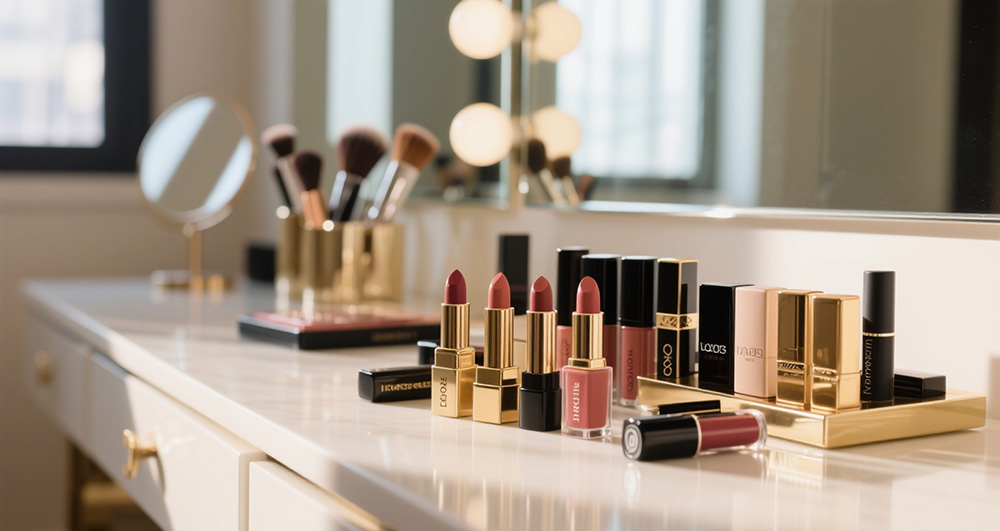
Why Does Lipstick Fade? Understanding the Basics
Lipstick’s lifespan on your lips hinges on three factors: formula, application, and environment.
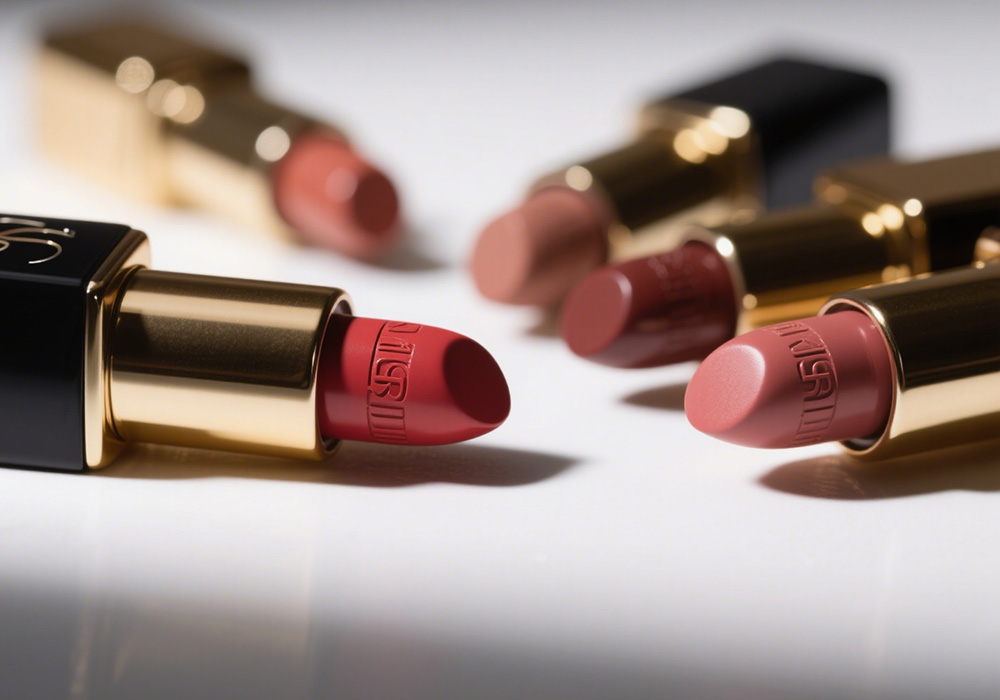
Formula Chemistry:
Matte vs. Sheer: Matte lipsticks, rich in waxes (e.g., beeswax, carnauba) and filmforming polymers (like acrylates copolymer), adhere longer but can feel drying. Sheer formulas, loaded with moisturizing oils (e.g., jojoba, coconut), sacrifice durability for comfort.
TransferProof Innovations: Siliconebased liquid lipsticks use volatile silicones that evaporate quickly, leaving a pigmented “stain” behind.
Application Technique:
Skipping lip prep (like exfoliation) creates a uneven canvas.
Layering methods—such as blotting and reapplying—can double wear time.
External Stressors:
Oily foods (think avocado toast or fried snacks) dissolve lipstick emollients.
Maskwearing reduces wear by 30–50%, according to a 2023 study by the Journal of Applied Cosmetology.
How to Make Lipstick Last Longer: Pro Tips
Achieving allday color requires strategy, not just luck.
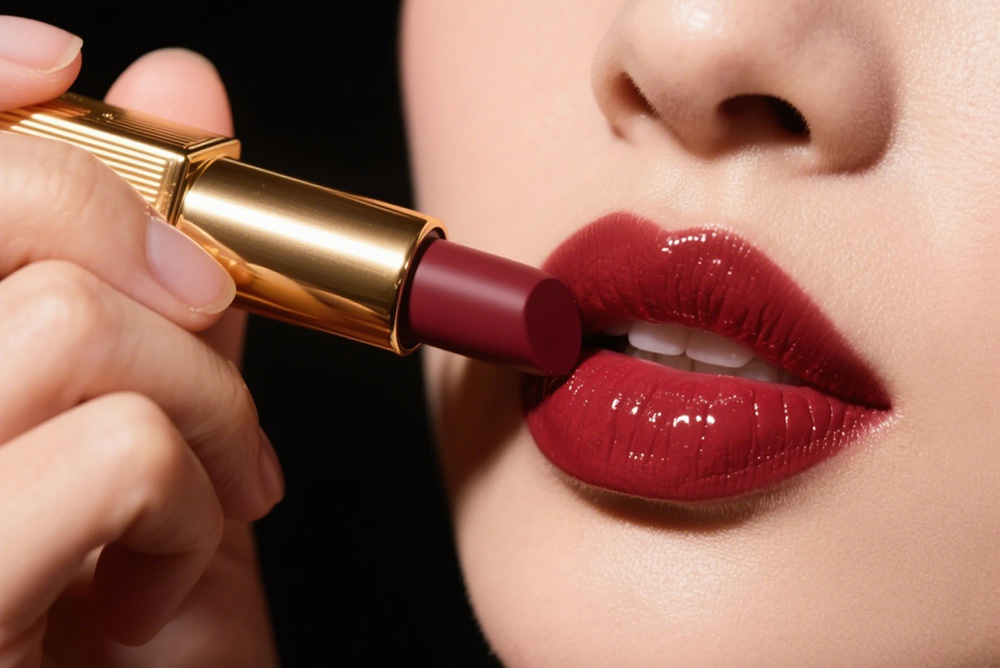
Prep Like a Makeup Artist
Exfoliate Gently: Use a sugarbased scrub or a damp washcloth to remove dead skin. Flaky lips = uneven application.
Prime with Purpose: Apply a hydrating balm 10 minutes before lipstick to let it absorb. Avoid heavy balms—they’ll cause slippage.
Master the Layering Technique
Step 1: Line lips with a pencil matching your lipstick shade.
Step 2: Apply lipstick, blot with tissue, then dust translucent powder through the tissue.
Step 3: Reapply lipstick. This “sandwich method” locks in pigment.
Choose LongevityDriven Formulas
Look for keywords like “24hour wear,” “transferproof,” or “smudgeresistant.”
Avoid glossy finishes for events where longevity matters most.
Hack Your Habits
Eat strategically: Opt for forkandknife meals over greasy burgers.
Use a straw for hot drinks to prevent steaminduced melting.
What's in your lipstick? The science behind longlasting formulas
What is lipsticks made of? Chain Understanding how lipsticks are made will help you use them!
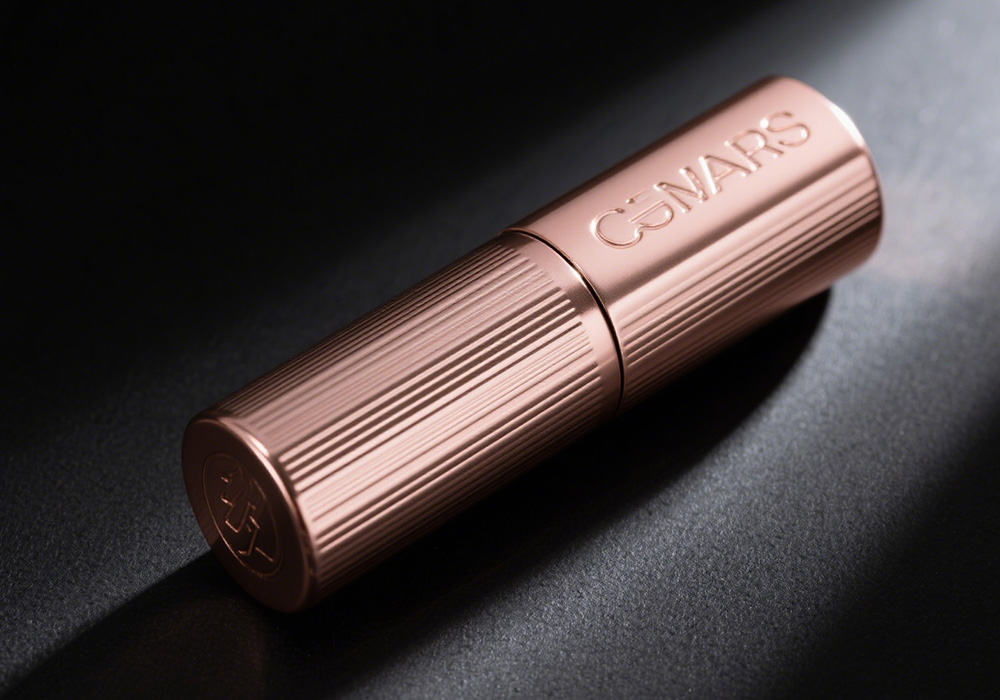
Waxes
Beeswax, carnauba, and candelilla wax build lipstick’s framework. Hard waxes like carnauba give matte formulas a firm base that grips lips, extending wear. Softer beeswax adds creaminess and moisture but slightly reduces hold. All waxes also ensure even pigment distribution.
Oils & Butters
Castor and sunflower oils plus cocoa and shea butters deliver smooth glide and hydration. However, too much oil leads to smudging or transfer. Long‑wear formulas limit heavy oils or use volatile oils that evaporate after application, leaving a thin, lasting color film.
Pigments
Synthetic pigments (iron oxides, D\&C dyes) bind tightly to lip cells for vibrant, fade‑resistant color. Natural pigments (beetroot, mica) offer softer, sheer shades but fade faster, especially in water‑based stains. High‑pigment, opaque formulas generally outlast light tints with more fillers.
Additives
Preservatives (phenoxyethanol, vitamin E) stabilize formulas and prevent bacterial growth without impacting wear time. Fillers like silica powder absorb excess moisture or oil to stop slipping. Film‑formers (acrylates copolymer) create an invisible layer over pigment, locking in color and resisting smudges.
Does Lipstick Expire? The Truth About Shelf Life
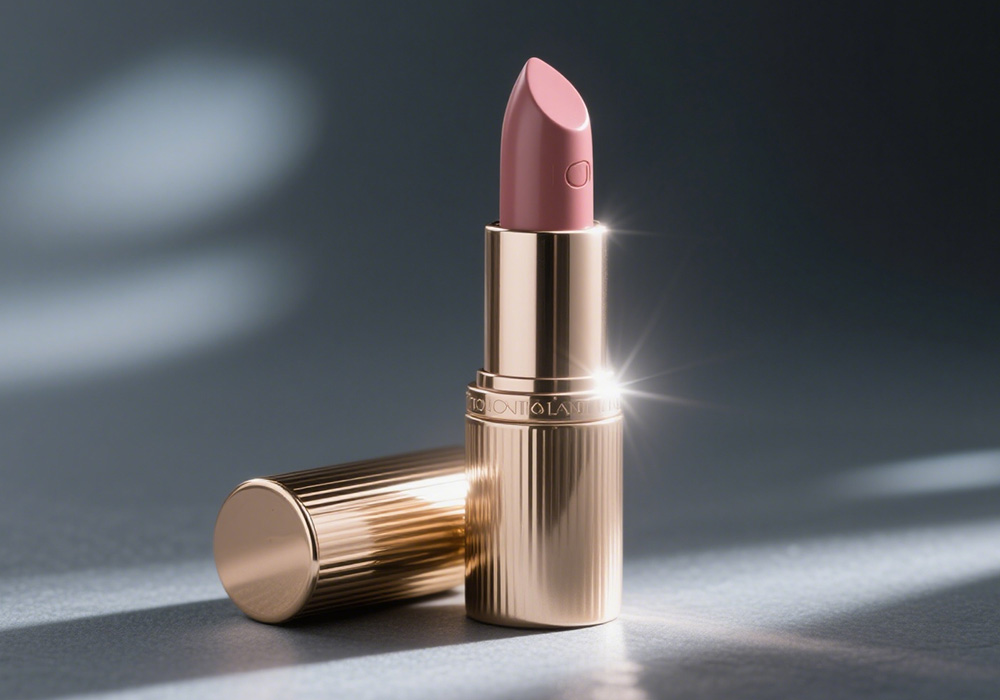
Maybe you're asking: do lipsticks expire? The answer is yes, lipsticks do expire and using them after the expiration date poses a risk.
Average Lifespan:
Unopened: 2–3 years (check the Period After Opening (PAO) symbol, a tiny jar icon with a number, e.g., “12M” = 12 months).
Opened: 12–18 months. After that, oxidation breaks down preservatives, inviting bacteria.
Red Flags:
Texture: Crumbly, separated, or overly sticky.
Smell: A rancid, sour, or “playdough” odor.
Color: Pigment separation (oil bleeding to the top).
Why Risk It? Expired lipstick can harbor staph bacteria or fungi, leading to irritation, cold sores, or worse. When in doubt, toss it.
How to Store Lipstick for Longevity
Proper storage extends both wear time and shelf life.

Keep It Cool: Store lipsticks below 85°F (30°C). Heat melts waxes, causing formulas to “sweat” or crumble.
Avoid Humidity: Bathroom cabinets are breeding grounds for mold. Opt for a drawer or makeup bag instead.
Sanitize Regularly: Wipe the bullet with alcohol after use to remove germs.
Freeze for Revival: If a lipstick melts, freeze it for 15 minutes to reset the formula (not a permanent fix, but helps temporarily).
Final Thoughts: Smart Choices for Perfect Pouts
Lipstick longevity isn’t luck—it’s science. By selecting the right formula, prepping diligently, and storing mindfully, you’ll spend less time touching up and more time owning your look. And remember: A pristine collection isn’t just about aesthetics—it’s about safety. When was the last time you audited your stash? Your lips (and dermatologist) will thank you.
Pro Tip: Label new lipsticks with their purchase date using a waterproof marker. You’ll never secondguess freshness again!
